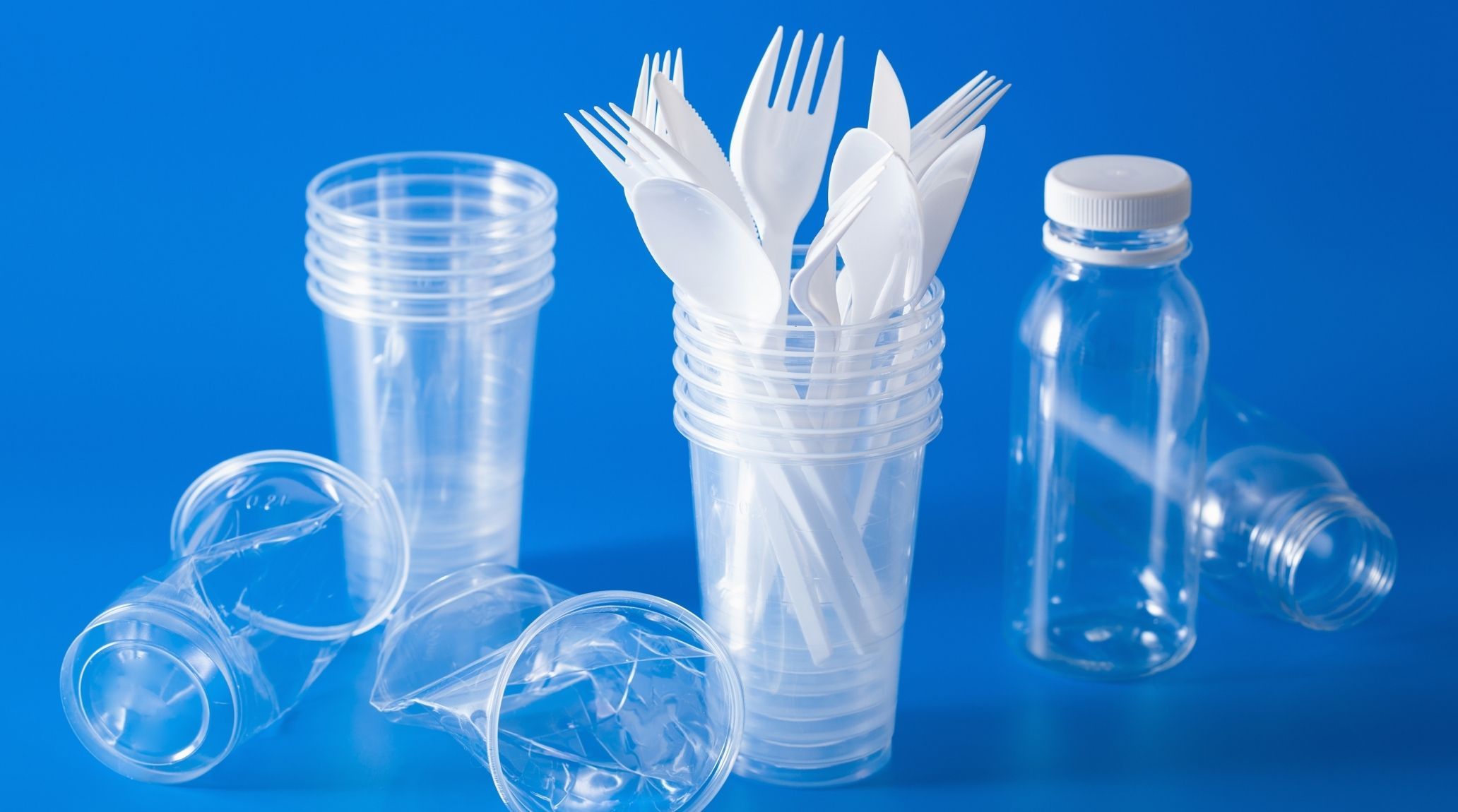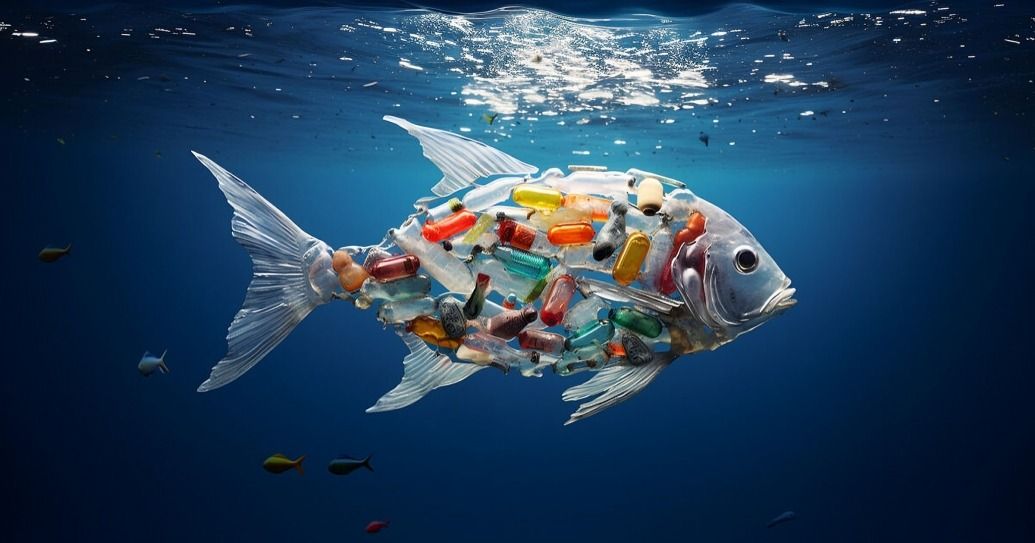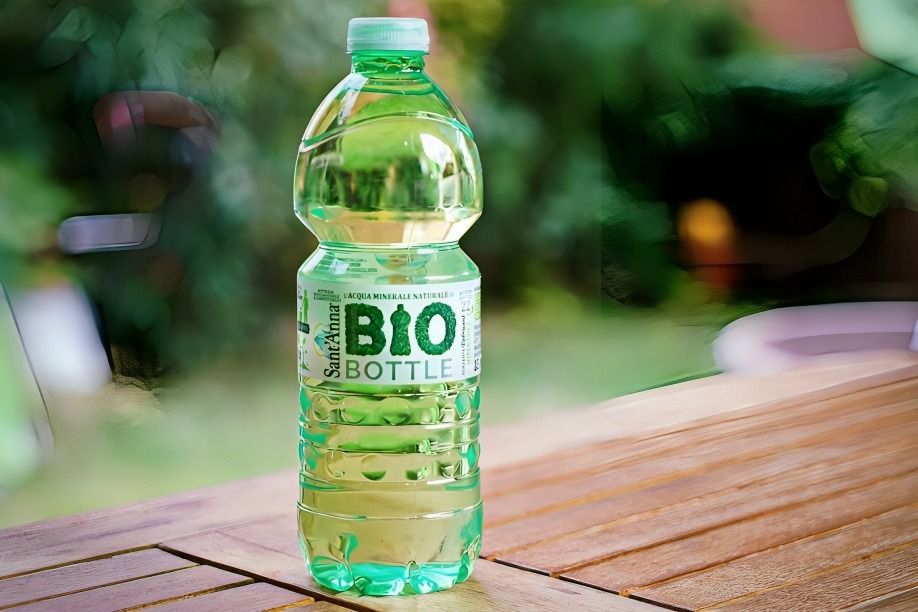
“
Plastic is an omnipresent material that has transformed countless aspects of modern life. From everyday items to complex industrial applications, plastic's versatility and adaptability have made it an essential material in numerous sectors. This article explores 20 Essential facts about plastic, highlighting its diverse types, historical development, and profound effects on society. 1
1
”
Plastic was first invented in 1907 by Leo Baekeland, who created Bakelite, the first synthetic plastic. This marked the beginning of a new era in materials science, leading to the development of various types of plastics used today. 1
The world produces over 400 million tons of plastic annually. This staggering amount highlights the extensive use of plastic in industries ranging from packaging to construction, significantly impacting the environment. 2
Plastic is known for its durability, which is one reason it’s widely used. However, this characteristic also means that plastic can take hundreds of years to decompose, contributing to long-term environmental pollution. 3

Microplastics, tiny plastic particles less than 5mm in size, have been found in oceans, rivers, and even in the air we breathe. These particles originate from larger plastic debris that breaks down over time and can enter the food chain, posing risks to health.
While recycling plastic is possible, only about 9% of plastic waste is actually recycled. The complex nature of plastic types and contamination issues make recycling difficult, emphasizing the need for improved waste management systems. 4
There are over 7 different types of plastic, categorized by their chemical composition and properties. Common types include PET (polyethylene terephthalate), HDPE (high-density polyethylene), and PVC (polyvinyl chloride). 5
It is estimated that over 8 million tons of plastic end up in oceans each year. This pollution harms marine life and ecosystems, with many animals ingesting plastic or becoming entangled in debris. 6
A single plastic bottle can take up to 450 years to decompose. This long lifespan highlights the environmental impact of single-use plastics and the importance of alternatives like reusable containers. 7
Plastic bags were first introduced in the 1960s and quickly gained popularity due to their convenience. However, many countries are now banning or taxing single-use plastic bags to combat environmental pollution. 8
Biodegradable plastics are designed to break down more quickly than traditional plastics. However, they still require specific conditions to decompose properly, and they are not a complete solution to plastic waste issues. 9
Certain plastics contain harmful chemicals like BPA (bisphenol A) and phthalates, which can leach into food and beverages. These substances have been linked to various health problems, leading to increased scrutiny and regulation of plastic products. 10
In West Africa, marine plastic pollution causes damages estimated between USD 10,000 and USD 33,000 per ton of plastic waste. Key sectors affected include fisheries and aquaculture, marine-related tourism, and the health of biodiversity and ecosystems. 11
The ingestion of plastic has harmed or killed millions of marine animals. Recently, microplastics have been found in human bodies, likely due to their entry into the food chain. 12
Recent studies project that by 2050, plastic waste in the oceans could quadruple compared to current levels. This surge in plastic pollution will heighten the vulnerability of many marine species, including birds, turtles, dolphins, and seals. 13

The future of plastic is evolving with research into sustainable alternatives, such as plant-based plastics. These innovations aim to reduce reliance on fossil fuels and mitigate the environmental impact of plastic production and disposal.
The term "plastic" comes from the Greek word "plastikos," meaning "capable of being shaped or molded." This reflects the material's adaptability and ability to take on various forms and functions. 14
Plastic is a key component in many electronic devices, from smartphones to computers. Its insulating properties and versatility make it ideal for housing, connectors, and circuit boards. 15
Artists have begun using recycled plastic in their work, creating sculptures and installations that raise awareness about plastic pollution. This artistic approach encourages dialogue on environmental issues and promotes recycling. 16
Plastic is significantly lighter than many alternative materials, making it cost-effective for transportation and packaging. This lightweight nature contributes to fuel savings and reduced carbon emissions during shipping. 17
The average lifespan of a plastic bag is a mere 12 minutes. Despite this short usage time, plastic bags can take hundreds of years to decompose in the environment. This stark contrast highlights the inefficiency and environmental impact of single-use plastics.18


